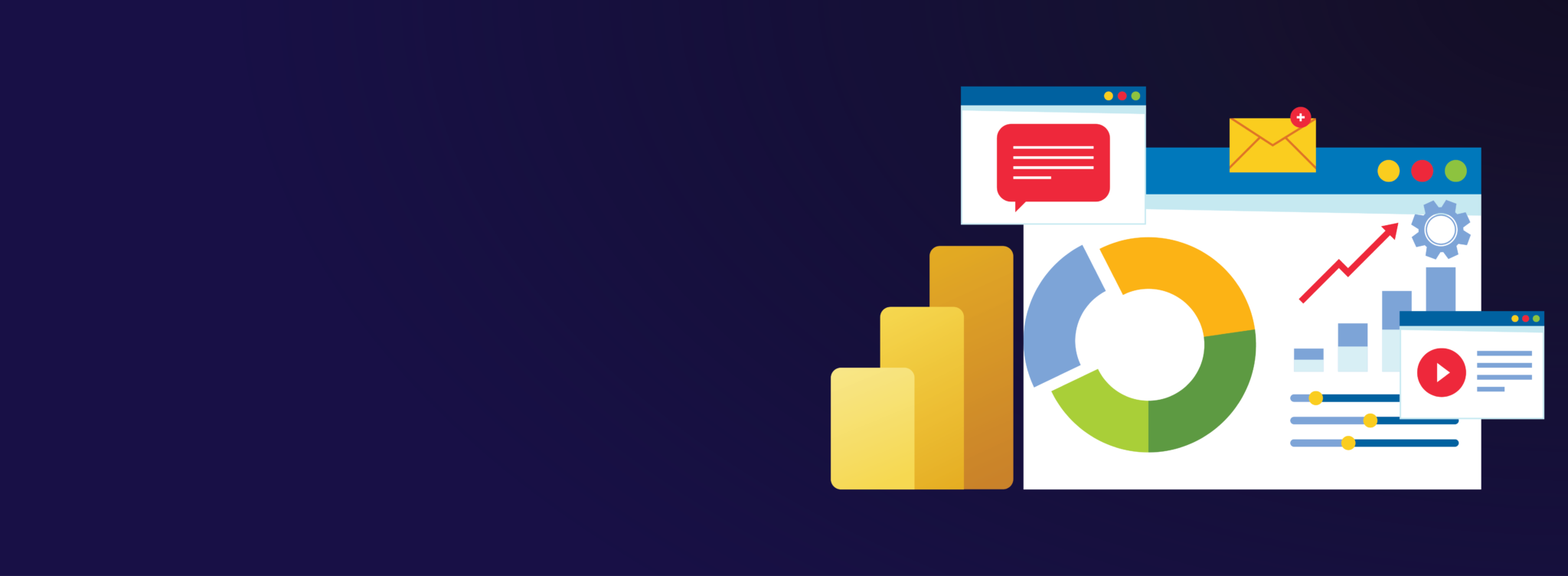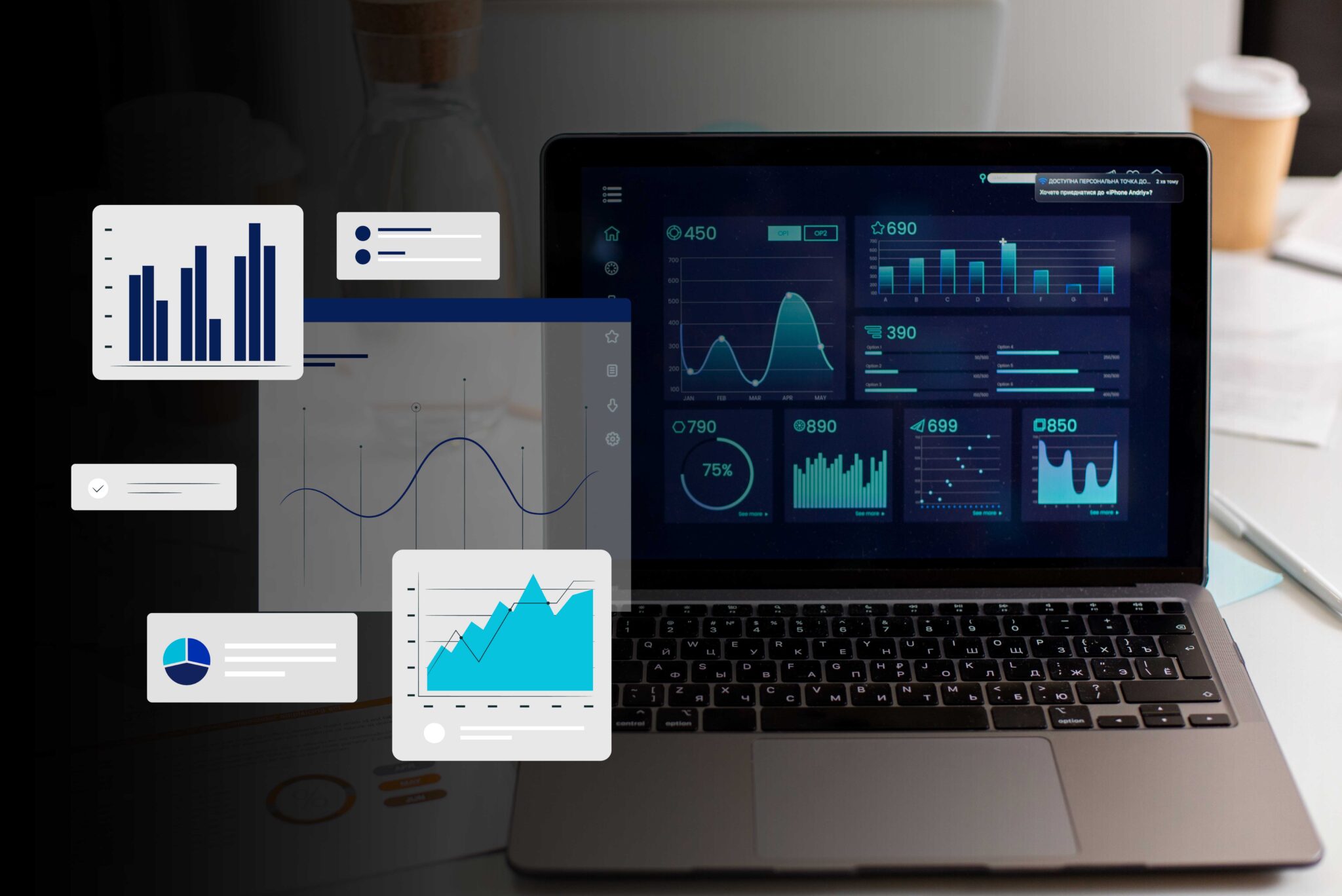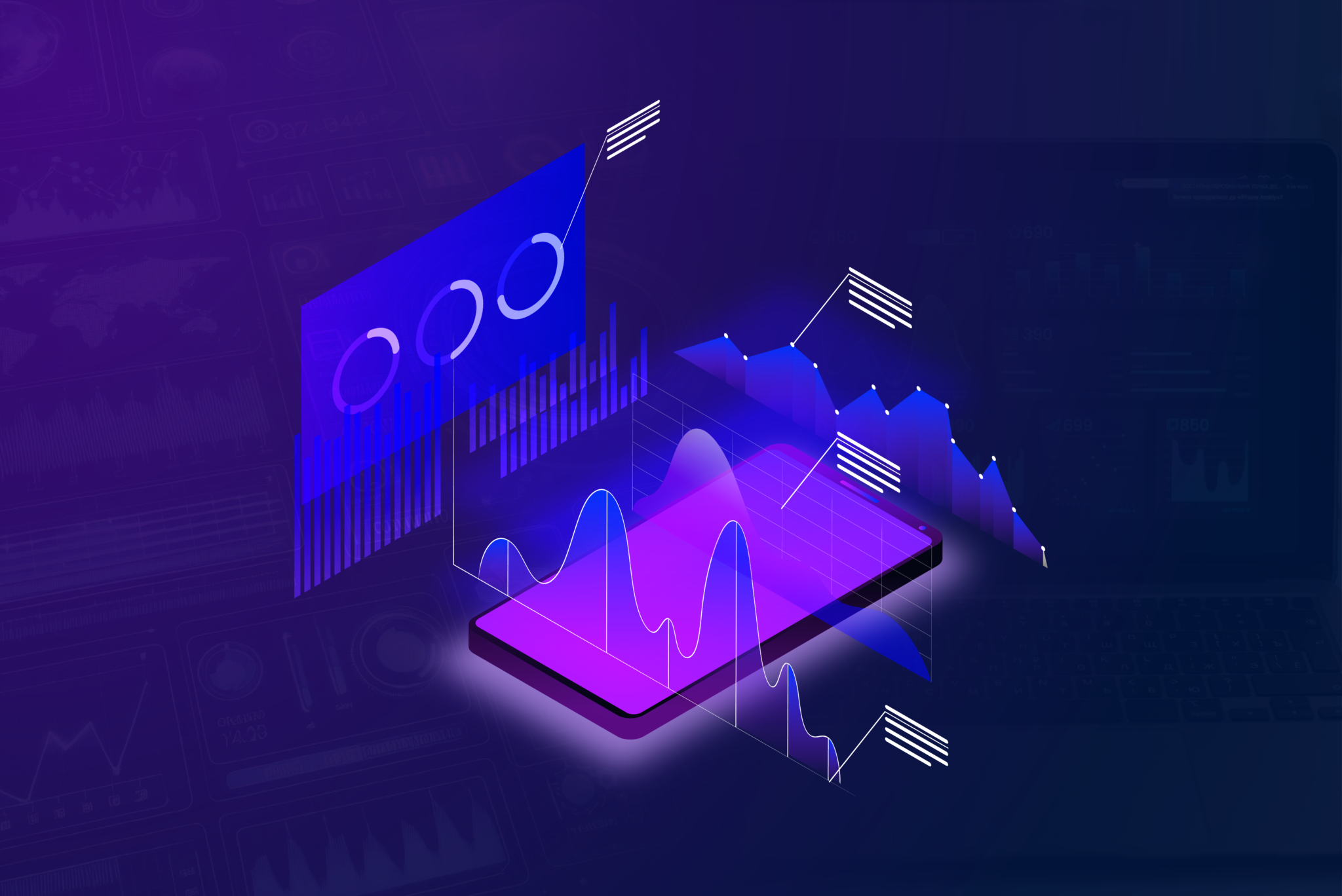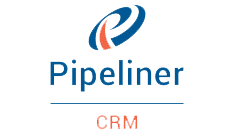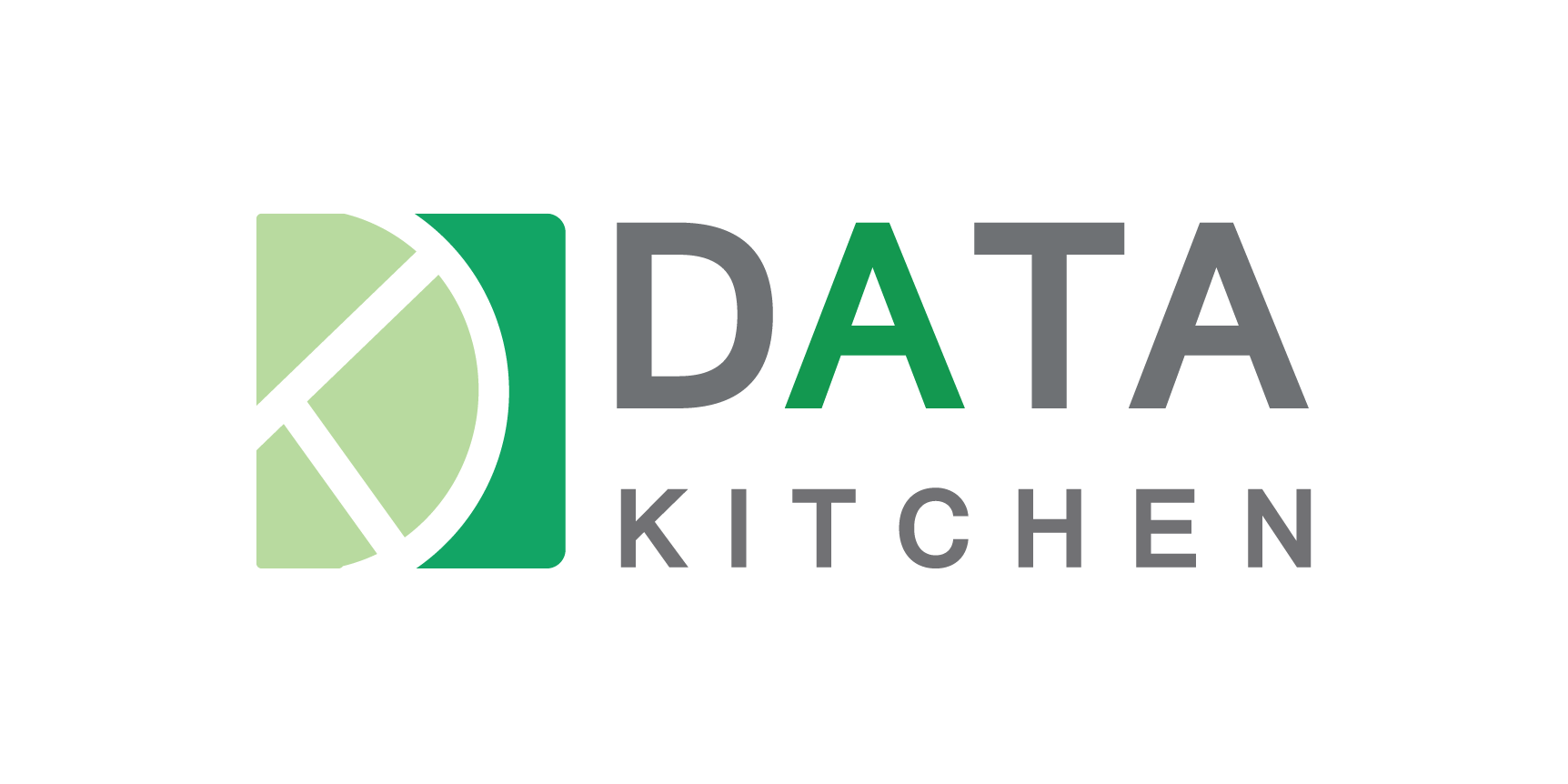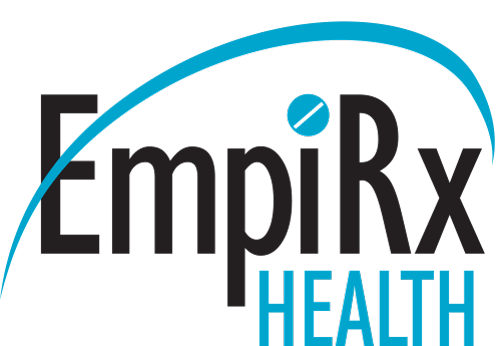Introduction
In today’s competitive business world, you need to handle data as an expert to aggregate data. It is so because your data is the most useful source that helps you to approach success. Your data is the power that helps you to understand your customers. Also, it allows you to prepare strategies according to your business and customer’s needs. But what about collecting and processing data to make your strategies and all possible? You want to take informed decisions then also you need data and after that you need to aggregate your data. Data aggregation refines powerful information that helps you to make strategies and do further actions in real-time. This content will tell you the ways to aggregate your data to gain powerful insights for your business.
What is data aggregation ?
Before you move forward to the data aggregation steps first understand the data aggregation definition. The procedure to summarize large volume data for an extended level analysis is called data aggregation. This process supports to the segregation of information. Also, data aggregation organizes your available data in a secure manner. This is another name for organizing, summarizing, and managing your data.
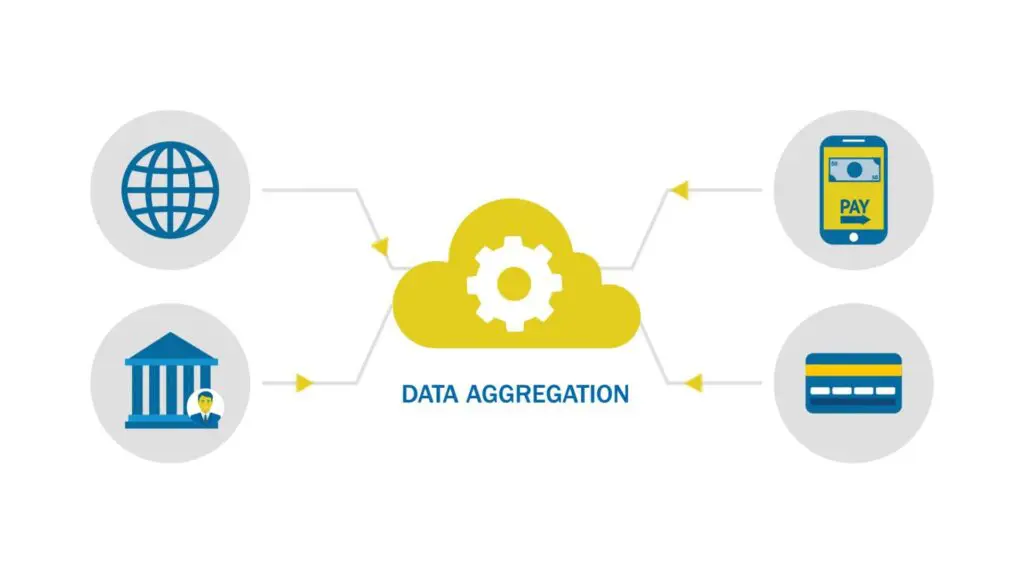
Why is data integration important?
Data integration works as the foundation for business success. It is required to scale up your business and customer relationship management. Analytics and operations become possible with the help of data integration only. Also, the role of data integration is amazing to get the unification of systems. In short, data integration tools improve the efficiency of the workflow in your business. So, let’s watch what makes them so demanding and useful in 2023.
Data aggregation steps for powerful insights for a business
Follow the below mentioned steps and approach the best results for your business’s success.
- Define Your Objectives: First of all, you need to be very clear about your business objectives. Without that you cannot proceed with the data aggregation task. Taking each step in the right manner on its exact required time can only lead you towards success. So, clarify what you are trying to achieve in your business. Also, it supports your requirements to identify your customers’ behavior, track sales trends, or marketing optimization. Clarity on your goals will support your efforts with a better focus and relevant sources.
- Identify Data Sources: You get your business data from internal and external sources. If you are confused about internal and external data, then let me clarify for you. Data that is available in your own business records is called internal data. Your internal data sources may include sales, customer data, and website analytics as well. On the other hand, external data sources include industry reports, data from social media platforms, and data from market research. To make your data aggregation meaningful and more effective you need to pinpoint both sources according to your objectives.
- Collect Relevant Data: Now you have both your data collection sources, so begin with the process to collect data. Make sure that the data you are collecting is relevant to be strong answer for all your business-related questions. Relevancy of data supports your processing efforts to get best results in customer behavior, track visits, conversion rates, and purchase histories. Top data quality supports you with top-class results in further business approaches.
- Organize Your Data: Once you have collected data and it starts running it becomes important to organize your data. Make a structured database to enjoy more manageable data aggregation. Take support of labels and categories to make the identification easier even for the person who is new to your team. This trick will make your further data processing easy, managed, and efficient.
As data begins to flow in, it’s essential to keep it organized. Creating a structured database or spreadsheet will make aggregate data more manageable. Label and categorize data consistency, makes it easier to analyze later and fight effectively against data consistency challenges. This step ensures that you can access and work with your data efficiently. - Cleanse and Validate Data: People who use data as it is they collect face trouble with later effects. It is not aways found in an asset form. You need to work over your data to make it an asset for your business. Cleansing and validation process support you in polishing your raw data. In this step all inaccuracies, duplicate files, and errors are removed. As result you receive real data to process and get powerful information to take informed decisions.
- Choose the Right Tools: If you are dealing with a large dataset, then your data aggregation is going to be a difficult task for you. There are many useful and pocket-friendly aggregation tools available in the market. You need to be careful about the most effective one while choosing. Microsoft Excel, Google Sheets, Tableau, Power BI, and more specialized software and tools can save your valuable time and efforts during aggregation. Also, these tools are specialized in managing complex data aggregation effortlessly.
- Merge Data Sets: There are some cases when you require merging your data sets. Merging helps you to gain more powerful insights about your customers. Use of common identifiers plays a vital role in linking data sets accurately.
- Analyze and Visualize: Finally, you have well organized aggregated data. This is the right time to analyze the latest and technologically advanced patterns, trends, and correlations. Use charts and graphs to visualize your data in an attractive manner. You can also use some easily available and user-friendly tools for this task.
- Interpret the Results: Now you have data in the best format that can give you desired information to strengthen your real-time decision-making capability. Look out for the actionable findings and let the power of your data rule to get success.
- Iterate and Refine: Give a tap on your back for completing the process. But remember that data aggregation is not a one-time task. Infact it is an ongoing process. Data aggregation is an ongoing process. You need to follow the same procedure continuously if you want to stay one step ahead in this competitive world with your informed- decision making abilities.
Data aggregation tools
There are many data aggregation tools. From the rest here are some selected, most popular and easily available data aggregators: Microsoft Excel, Cloudera Distribution for Hadoop (CDH), MongoDB, Sisense, Zoho Analytics, Db Visualizer, Google Looker, Stata, Alteryx and more.
What are the benefits of data aggregation
From the beginning to the end of the data processing whatever you achieve becomes possible just because of aggregated data. From the many below are few data aggregation benefits:
- Supports your real-time decision–making capability.
- Helps to analyze your marketing campaigns efficiency measurement
- Improves your identification power to understand the changes in your customer’s behavior.
- Improves access to accurate data.
- Improves efficiency and more.
In my opinion data aggregation is a foundation that strongly supports business success. If it is done in the exact manner any business can approach their success goals without wasting time, money and resources.
Conclusion
Data aggregation is not limited to the tech experts. You can develop this skill in yourself and in your team also. Try out the steps mentioned and effectively become an expert in the most efficient data aggregation.
Looking for expert assistance on smart data aggregation? Request a free demo today.







